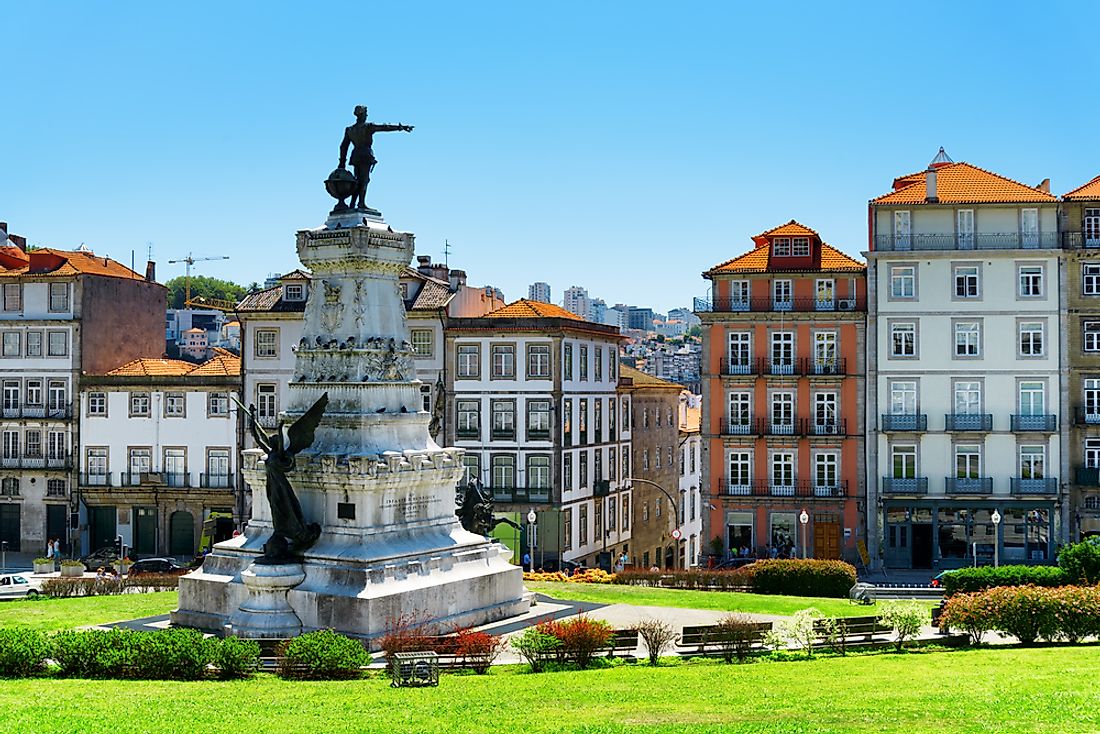Early Spanish and Portuguese Expeditions to Africa

A Sea Route To India
There were many reasons why the great maritime explorations and discoveries of the 15th century were Portuguese achievements. Portugal had become an independent country as late as 1249, and its people were proud, self-assertive and hungry for expansion. Its geographic location at the southwestern tip of Europe had also given its sailors more experience in navigating the Atlantic.
The desire for Muslim lands in North Africa and wealth through direct trade with Sub-Saharan Africa manifested itself more powerfully in Portugal than in any other European country. And only Portugal had a prince, Henry the Navigator, the king’s brother, who encouraged and financed the exploratory voyages from 1419 until his death in 1460.
Henry The Navigator
Writing in the early 1430s, Portuguese historian Gomes Eanes de Zurara described the anxiety with which sailors approached the southernmost limits of the known world, “…this much is clear, that beyond this Cape, there is no race or men nor place of inhabitants...while the currents are so terrible that no ship having passed the Cape, will ever be able to return.” The Cape in question was Cape Bojador on the western bulge of Africa, now called Western Sahara.
In Europe, the old order was crumbling - the Renaissance had undermined the influence of the Church and the continent was engulfed in a new spirit of endeavour. The Byzantine Empire had fallen and Muslims had to be overcome to spread Christian influence elsewhere in the known world. They were also eager to get to the spices of India as the Ottomans now controlled the Silk Route.
Sailing Into The Unknown
Henry began with two aims: To subdue the Moors in North Africa and to opening a sea route to Sub-Saharan Africa to get their hands on Central African gold. But he needed ships capable of going the distance. Even when the caravel was redesigned, open sea navigation remained a matter of guesswork. Latitude could be measured by the compass but the there was no way to measure the longitude.
In 1433, Henry tasked Gil Eanes with sailing beyond Cape Bojador, which the captain accomplished on his second attempt. He had sailed 30 kilometers out from the Cape’s coastline and landed 150 kilometers beyond the bulge. Now there was no looking back; Henry kept financing voyages farther and farther southwards along the coast. Soon, the voyages would be commercially viable. In 1437, A captain named Afonso Baldaya found some seals some 200 kilometers south of Bojador, which he skinned and brought back to Portugal.
The Atlantic Slave Trade
Four years later, two vessels returned to Portugal with a dozen people taken from Africa. They could make good the labor shortage that had handicapped Portugal since the plague of the previous century called the Black Death. Thus began the brutal trade that would finance the subsequent voyages of discovery. By the time of Henry’s death in 1460, the West African coast had been charted as far south as Sierra Leone. In 1469, his nephew, King Afonso leased rights to the African trade to Fernao Gomes on the condition that he explore 600 kilometers of the coastline each year. Gomes charted 3,000 more kilometers and the route to India now seemed open.
Under Afonso’s son, John II, expeditions reached as far south as Angola and Namibia. Subsequently, a fort was built in Ghana, which became their supply base for the trade in gold, slaves, and pepper. In 1484, the Spanish Astronomer had compiled a table, which could enable a captain to find out how south he had sailed even out of sight of land. When he reached the latitude of his choice he only had to turn the ship back towards the shore.
The Indian Threshold
This method proved invaluable to Bartolomeu Dias when he set sail in August 1487. After passing the southernmost point known until then, he encountered fierce headwinds and in January 1488, decided to sail westwards, then southwards into open seas. When he met favorable winds, he turned back towards the coast only to be pushed eastwards by a strong gale. But there was no land where it should have been according to his calculations. He sighted land after he turned north, but it was towards the east when it should have been south.
He guessed he had rounded some cape and sailed along for more than a month. When he established that the current was warm tropical from the northeast, it was a sure sign that they had rounded the tip of Africa. By now his men were restless and Dias was forced to turn back. On the return journey, he planted the Portuguese standard on what he thought was the southernmost tip of Africa. He called it the Cape of Good Hope. The route to India now lay open.











